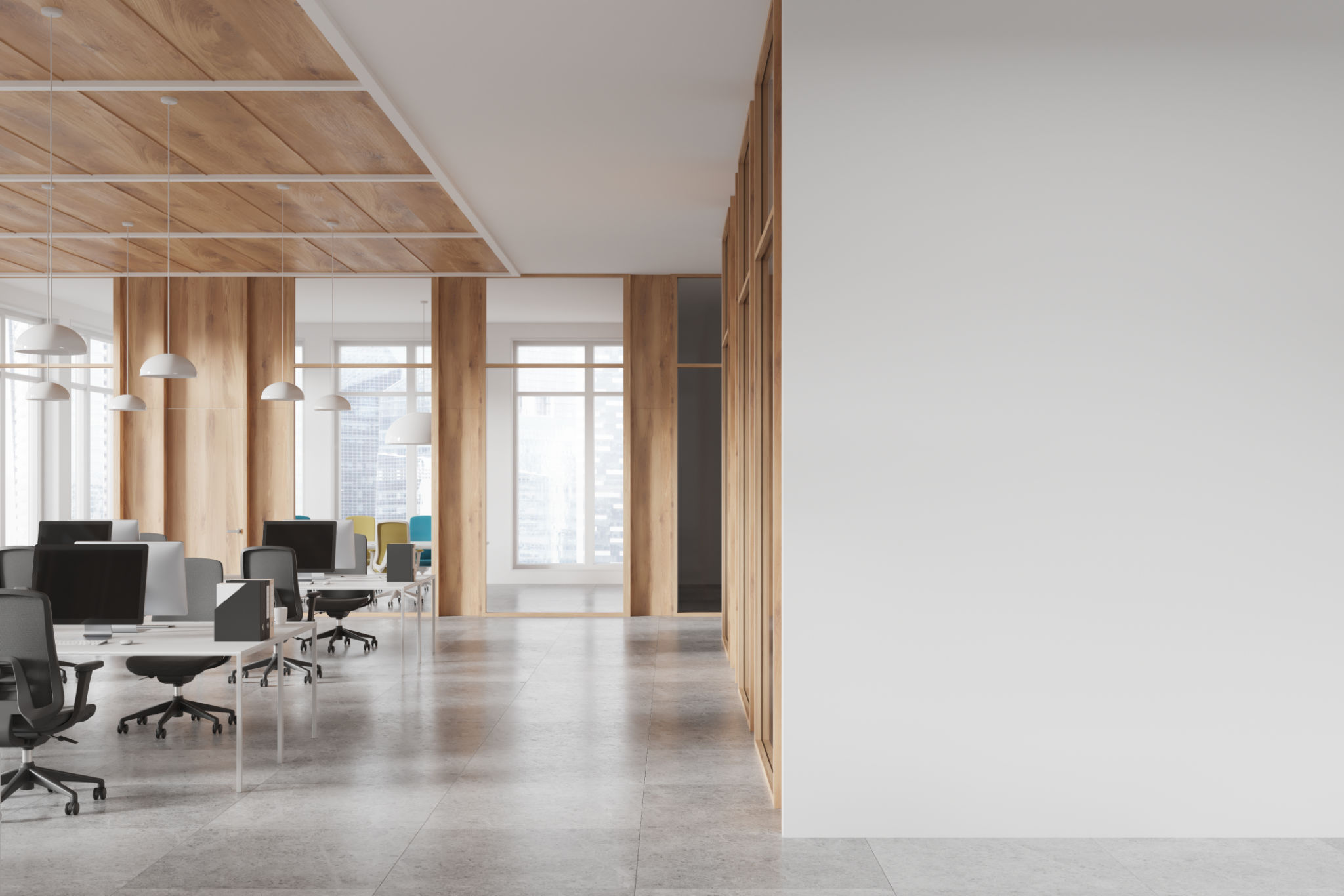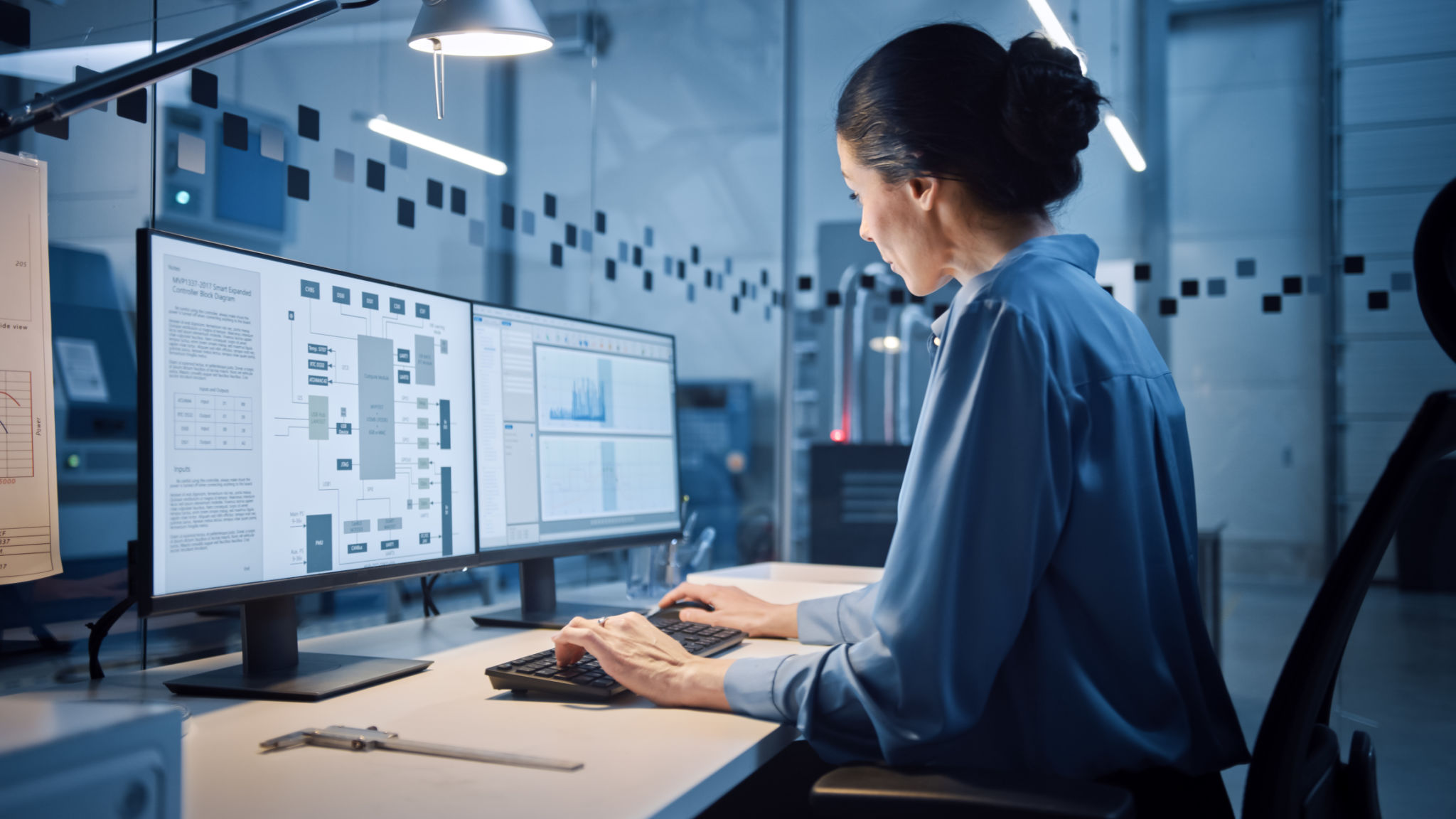Transforming Commercial Spaces: Innovative Ideas for a Modern Business Environment
Reimagining Commercial Spaces
In today's fast-paced world, businesses must adapt to the ever-evolving landscape of commercial spaces. Whether it's a tech startup or a traditional retail store, creating an environment that is both functional and aesthetically pleasing is essential. The right design can enhance productivity, improve customer experience, and ultimately lead to business success.
As companies strive to stay competitive, innovative ideas for transforming commercial spaces are becoming more important than ever. From embracing open floor plans to incorporating the latest technology, these transformations not only refresh a space but also reflect the company's brand and values.

Open Floor Plans: A Breath of Fresh Air
One of the most significant trends in modern business environments is the shift towards open floor plans. These layouts eliminate traditional cubicles, fostering an atmosphere of collaboration and transparency. Employees have greater freedom to move around and interact with colleagues, which can lead to increased creativity and teamwork.
Open floor plans can also be flexible, allowing companies to reconfigure spaces as needed. This adaptability is particularly beneficial for growing businesses that need to accommodate changing team sizes or new functions. By breaking down physical barriers, companies can create an inclusive environment that encourages communication and innovation.
Incorporating Technology for Enhanced Efficiency
The integration of technology is another crucial aspect of transforming commercial spaces. Smart technology can streamline operations and improve efficiency in various ways. For instance, using smart lighting systems can reduce energy consumption while creating a more comfortable atmosphere for employees and clients.
Moreover, digital signage and interactive displays can enhance customer engagement in retail environments. These technologies provide dynamic content that can be tailored to specific audiences, offering a personalized experience that resonates with customers.

Sustainable Design: A Commitment to the Future
As environmental concerns grow, sustainable design is becoming a key consideration in transforming commercial spaces. Businesses are increasingly opting for eco-friendly materials and practices that minimize their carbon footprint. From using recycled materials to implementing energy-efficient systems, sustainable design is both responsible and cost-effective.
Creating green spaces, such as indoor gardens or living walls, can also improve air quality and provide a calming influence in bustling commercial areas. These features not only benefit employees' well-being but also demonstrate a company's commitment to sustainability.
Personalized Spaces: Reflecting Brand Identity
A successful commercial space is one that reflects the company's brand identity and values. Personalization is about more than just aesthetics; it's about creating an environment that resonates with employees and customers alike. By incorporating elements such as company colors, logos, and unique design features, businesses can create a cohesive brand experience.
Personalized spaces can also foster a sense of belonging among employees. When individuals feel connected to their workplace, they are more likely to be engaged and motivated, contributing positively to the company's culture and success.

The Future of Commercial Spaces
As businesses continue to evolve, so too will the design of commercial spaces. The future will likely see even more integration of technology, flexible work environments, and a strong emphasis on sustainability. By embracing these innovative ideas, companies can create modern business environments that are not only functional but also inspiring.
In conclusion, transforming commercial spaces is about more than just aesthetics; it's about creating an environment that supports business goals and enhances the overall experience for employees and customers. By staying ahead of design trends and adopting new technologies, businesses can ensure they remain competitive in an ever-changing market.
